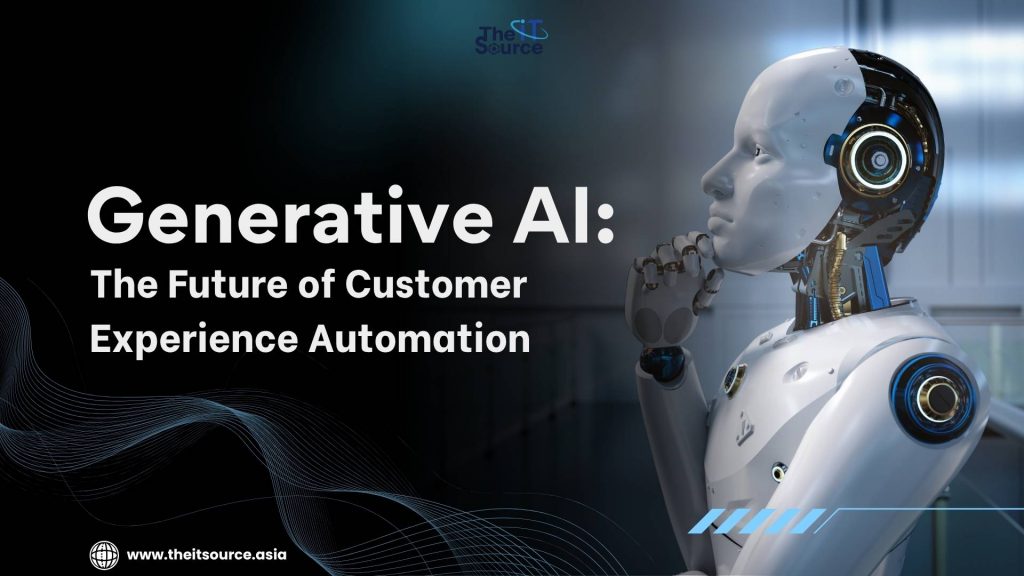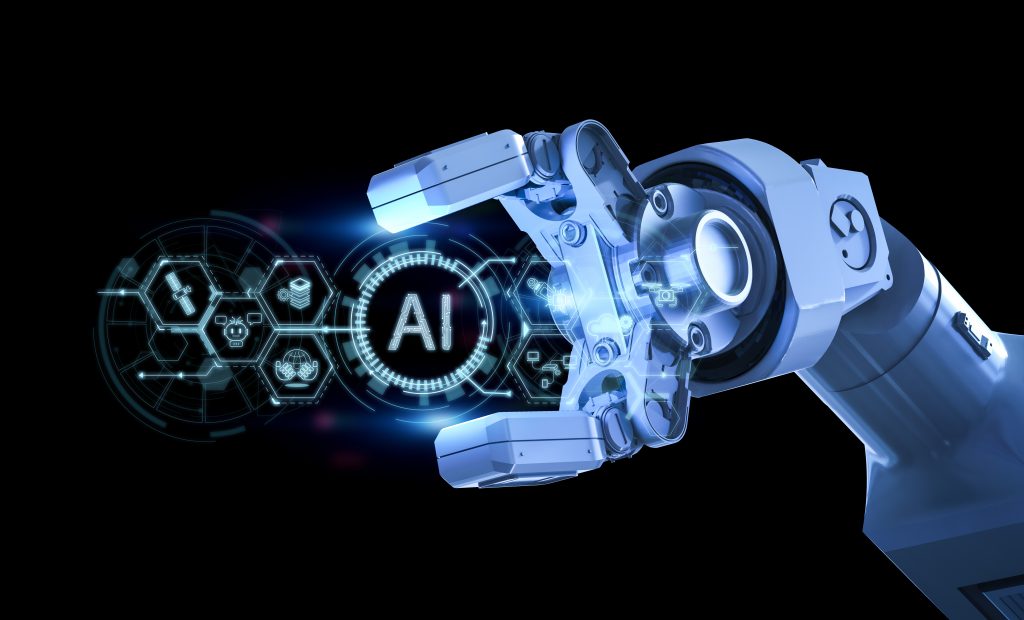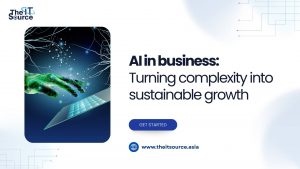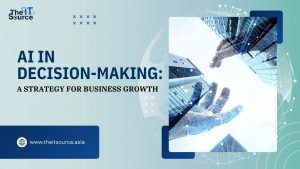Generative AI: The Future of Customer Experience Automation

In an era defined by consumer choice, the quality of customer experience has become the primary competitive battleground. Businesses are acutely aware that today’s customers demand more than just products; they expect instant, personalized, and intelligent engagement at every touchpoint. In an attempt to meet this demand, many have deployed traditional chatbot software, only to find that these rigid, script-based tools often create more frustration than satisfaction. The result is a disjointed experience that fails both the customer and the business.
This is where the paradigm shifts. Generative AI is not merely an upgrade to old technology; it is a complete re-imagination of what automated interactions can be. The central thesis of this guide is that while traditional chatbots are failing, Generative AI offers a transformative solution by enabling dynamic, context-aware conversations that not only resolve customer issues but also actively drive business value. Successfully implementing this requires a strategic shift from simple query deflection to the sophisticated engineering of intelligent, integrated AI agents. This guide from The It Source will provide a deep dive into this new frontier of AI and automation.
The Inevitable Ceiling of Scripted Chatbots
To understand the revolution, we must first appreciate the limitations of the old guard. Traditional chatbots, built on decision-tree logic and keyword matching, were a noble first step but have reached an inevitable ceiling. Their failure is not one of intent, but of architecture.
These systems operate like a phone menu: press one for this, say two for that. If a customer’s query—phrased with unique human language—doesn’t perfectly match a pre-programmed keyword or path, the bot defaults to the universally frustrating “I don’t understand.” This limitation creates a brittle and impersonal experience. The bot cannot grasp conversational context, handle nuanced questions, or offer true personalization, often damaging the brand’s reputation for customer-centricity. Consequently, these bots function less as problem-solvers and more as inefficient gatekeepers, ultimately escalating issues to human agents and increasing operational costs.
The Architectural Shift: What “Generative” Truly Means for Automation

Recognizing these fundamental limitations is the first step. The next is understanding the architectural leap that Generative AI represents. Unlike its predecessors, which retrieve answers from a fixed list, a generative model creates new, original responses in real-time.
This capability is powered by Large Language Models (LLMs), which are sophisticated neural networks trained on vast datasets. The true magic happens during a process called “fine-tuning.” A general LLM is taken and further trained on a business’s specific, proprietary data. This includes its entire knowledge base, product documentation, past customer service transcripts, and brand guidelines. This process transforms a generalist model into a dedicated brand expert.
The result is an AI that doesn’t just match keywords; it understands intent, remembers previous parts of the conversation, and can craft responses that are not only accurate but also perfectly aligned with the brand’s unique tone of voice. This ability to deliver context-aware, human-like dialogue is a cornerstone of modern conversational AI platforms and is what allows businesses to move from basic automation to meaningful engagement.
Beyond Support Tickets: The Tangible Business Outcomes of Generative AI
The true value of implementing Generative AI extends far beyond simply answering questions more effectively. It creates measurable impact across the entire customer lifecycle, transforming key business functions and delivering a clear return on investment.
From a Cost Center to a Revenue Driver
Historically, customer service has been viewed as a cost center. AI and automation flip this model on its head. An intelligent AI agent can seamlessly transition from a support role to a sales role within a single conversation. By understanding a customer’s needs, it can provide personalized product recommendations, offer relevant upsells, and guide the user through to purchase. This turns every interaction into a potential revenue opportunity, directly impacting the bottom line in a way that old chatbot software never could.
Achieving Hyper-Personalization at Scale
Personalization is a key driver of customer loyalty, but it is notoriously difficult to scale. Generative AI solves this challenge. By integrating with your CRM, an AI agent can greet a returning customer by name, understand their purchase history, and anticipate their needs. This allows for a level of bespoke, one-to-one engagement for every single customer, 24/7—a feat that is financially and logistically impossible to achieve with human agents alone. This level of personalization is a key factor in how businesses are leveraging AI for competitive advantage.
A Strategic Framework for Implementing Generative AI Agents
Deploying a successful Generative AI agent is not a simple plug-and-play exercise. It is an engineering project that requires a deliberate and strategic approach.
Phase 1: Defining the Strategic “Why” with Clear KPIs
Before writing a single line of code, you must define what success looks like. Your goals should be specific and measurable. Are you aiming to:
- Increase the e-commerce conversion rate by 15%?
- Reduce the average customer support ticket resolution time by 50%?
- Automate 70% of inbound sales qualification queries?
- Improve your Customer Satisfaction (CSAT) score by 10 points? Establishing these Key Performance Indicators (KPIs) upfront will guide the entire project and provide a clear framework for measuring ROI.
Phase 2: Curating the Knowledge Core and Integrating Systems
A Generative AI agent is only as intelligent as the data it can access. This phase is the most critical. It involves:
- Knowledge Base Curation: Consolidating all your company’s information—FAQs, product manuals, troubleshooting guides, policy documents—into a clean, structured, and machine-readable format.
- System Integration: Building robust, real-time connections to your core business systems. The AI must be able to query your CRM for customer history, check your ERP for inventory levels, and access your order management system to track a shipment. This is what allows the AI to take meaningful action instead of just providing static information.
Phase 3: Crafting the AI Persona and Safety Guardrails
This is where you define the agent’s personality. Should it be professional and formal, or friendly and casual? This persona should be an extension of your brand identity. Equally important is the implementation of “guardrails.” These are rules and constraints that prevent the AI from providing inaccurate information, discussing off-topic subjects, or responding inappropriately. This ensures a safe, reliable, and on-brand experience for every user, a topic of significant focus in the responsible development of AI.
Phase 4: The Pilot-Iterate-Scale Loop
Never launch a new AI agent to your entire user base at once. Start with a controlled pilot program targeting a small segment of users. The goal here is to collect real-world conversation data. This data is invaluable. Analyze these interactions to identify areas where the AI struggles or where its responses could be improved. Use this feedback to retrain and refine the model. This iterative loop of piloting, learning, and improving is the key to developing a truly world-class AI agent before scaling it across your entire operation.
The TIS Advantage: Your Partner in Applied AI
The journey to implementing Generative AI is a sophisticated one, requiring a rare blend of business strategy, data science, and software engineering. At The IT Source, this is our core competency. Our AI agent builder platform provides the technical foundation, but our true value lies in our partnership approach. We guide our clients through every phase of the strategic framework, from defining KPIs and integrating complex systems to crafting the perfect AI persona. Our team becomes an extension of yours, ensuring your investment in AI and automation translates into a powerful, sustainable competitive advantage.
The standard for customer engagement has fundamentally changed. Businesses that continue to rely on outdated, scripted automation will be left behind. Generative AI offers a clear path forward, enabling a new class of intelligent, automated experiences that not only satisfy customers but also delight them. It transforms customer service from a reactive necessity into a proactive driver of business growth. As a testament to our capabilities, The IT Source is honored to be named one of the Designrush Featured Offshore Software Development Companies.
Ready to move beyond the limitations of traditional chatbots and build the future of your customer experience?
Contact the experts at The IT Source today for a strategic consultation. Let’s design an intelligent automation roadmap that is tailored to your unique business goals


 日本語
日本語
